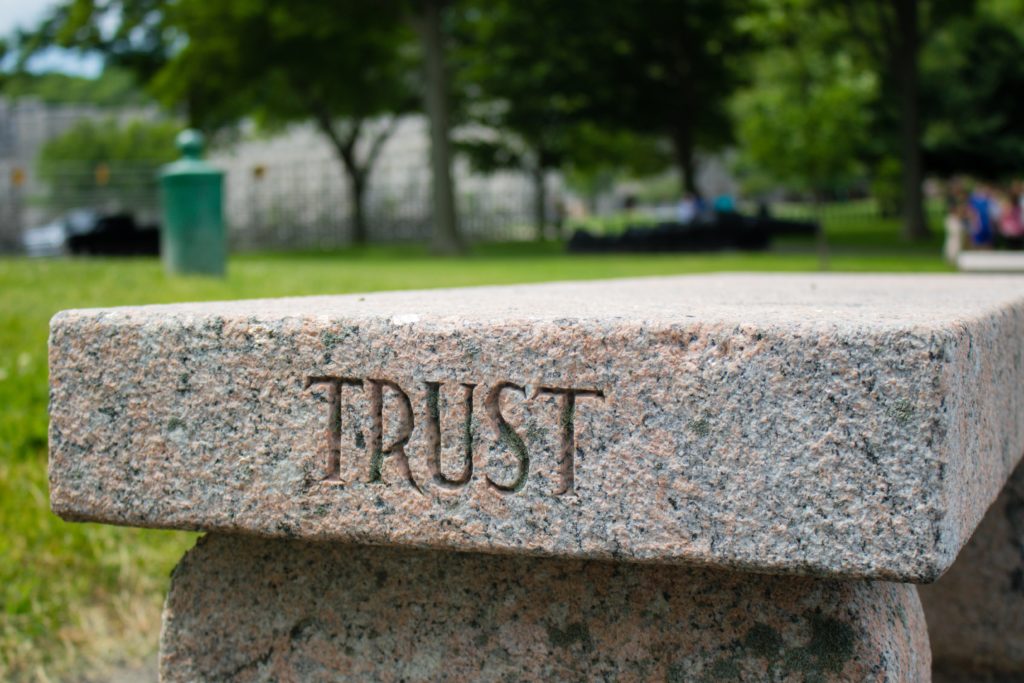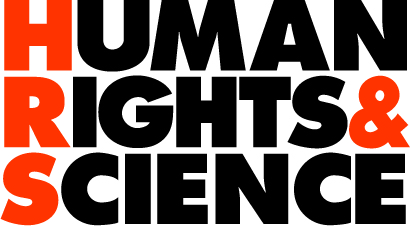TRUST
HR&S proposes a set of Principes related to ethics and set of Policies & Procedures realated to governance.
The Principles, Policies & Procedures shall be discussed between the partners and the partners shall jointly agree on which ones that the programme aims to comply with. The level of complexity shall mirror the ambitions of the programme. The Principles, Policies and Procedures agreed on shall be presented in the written agreement and then be revised when appropriate.

Strategy for Change
Background
The Action10 board can agree to fundraise for businesses if they can see convincing written proposals as well as outcome and impact from previous investments.
Context
During the period 2009 – 2021, HR&S has failed when given loans to under-served communities in every country that we have tried; Kenya, Uganda, Togo, Liberia and Nigeria. HR&S has never been successful with this during this period. This is important knowledge for us and for the whole world. The projects have been successful from an aid point of view, the expected results have been achieved as long as payments were made, but the sustainability failed, when money was spent the project died and everything we had established died. We have not been able to attract back the loan in Kenya with Amani, or Dolas, in Uganda with BanaPads and Creative Arts, in Togo with IARAD or SEVIE, in Liberia with IDEFOCS and in Nigeria with SpellAfrica. We have been able to attract back the loan in Togo with L&D and M Yawo and in Kenya with Weema, thus we are now successful in Togo when Milohum has taken over. Millicent is successful in Kenya when reaching out to a company already well established and not in in an under-served community.
Reflection: A deal between an institution in an under-served community and HR&S Sweden will most likely not work. We need our i) local branches to stay in contact with the target partners and we need to ii) strike the deal with an agency for change, like M Yawo in Togo, if in under-served community, or an established entrepreneur with good intentions, like Weema in Nairobi, iii) we must respect ActionONE in every situation, only needs and user-driven intervention. Our local branches must have a humble approach, they are not coaches, as they do not know the realities of the target partners and this then goes against ActionONE, they are facilitators, addressing outcome challenges identified by target partners through activities in the SfC scheme.
Ambition
- Trust.
- Accountability.
- Sustainable and profitable social enterprises.
Outcome Challenges
- Ensure that loans are paid back, to be able to give out loans also to other entrepreneurs that are large enough for their businesses to become sustainable.
- Convince givers to donate.
- Truth, trust, honesty and accountability. We have noticed that our entrepreneurs may decide not to pay back.
- Potential candidate is aware of and agree on the HR&S approach.
- Ensure a sustainable business, thus sustainable impact.
- Profitable business: marketing, selling, attract customers, generate profit
- Setting up and maintaining businesses involves complicated administrative proceedures in many SSA countries.
- Lack of rule-of-law, so if an agreement is disrespected there is nowhere to turn.
Activity 1
HR&S develops the eligibility criteria and application guidelines that potential social RISE members can benefit from when seeking to become a members. Publish this information, for the benefit of other stakeholders.
Eligibility criteria
- An understanding of and agreement with the HR&S approach and with the SfC tool.
Select RISE members among stakeholders with a certificate from a HR&S SfC webinar - Intrinsic motivation.
- Agency for change.
- Already running a profitable social business or proof of such expererience.
- Invest a minimum capital. Show that the entrepreneur has on her/his own bank account 30% of the amount of the business.
- Guarantee for the loan or two referees.
Application guidelines
- The business model canvas:
1. Customer segments, 2. Value propositions, 3. Distribution channels, 4. Customer relationships, 5. Revenue model, 6. Key Activities, 7. Key Resources, 8. Key Partnerships, 9. Cost Structure - The Lean start-up model.
1.Problem: What are the problems that our product or service should solve for the customer?
2.Solution: What is our solution to this problem?
3.The customer’s options: How do customers solve their problem today?
4.Key figures: What measurement values do we use to check that we are on the right path?
5.Unique value proposition: What exactly makes our solution worth buying?
6.Our competitive advantage: Which one is it?
7.Customer segment: What does the ideal customer look like?
8.Channels: In what ways can we reach our ideal customer?
9.“Early adopters”: What does the ideal customer who buys first look like?
Activity 2
- Find and enumerate suitable social businesses.
- Setting contract and signed also by witnesses.
- Ensure large enough capital to give out as loans: loantakers pay back in time (to maintain the level of the programme) and givers are convinced to support (to scale).
- Payment of the loan by week (villages) or by month.
- Own investment 10, 20 or 30% of the capital.
- Workshop on ROPE.
- Webinars, seminars about the aid system and the mind changing (strategy for change).
- Workshop on business management.
- Sharing of information between all stakeholders.
- Real-time evaluation of progress.
Activity 3
- Local branches to stay in contact with the target partners
- Strike the deal with an agency for change, like M Yawo in Togo, if in under-served community, or an established entrepreneur with good intentions, like Weema in Nairobi
- Respect ActionONE in every situation, only needs and user-driven intervention.
Our local branches must have a humble approach, they are not coaches, as they do not know the realities of the target partners and this then goes against ActionONE, they are facilitators, addressing outcome challenges identified by target partners through activities in the SfC scheme.
Activity 4
(Acknowledgement to Theophilus AGADA.) The “help-me” narrative must change. Once the partners are made to understand the expectations from the beginning, we’ll achieve success. The bottom line is setting the expectations right from the beginning to avoid unrealistic expectations. We shall get the right partners that could be the Change Agents to show that looking for handouts is not sustainable, but creating value will bring the desired prosperity.
1. We made them realized that this money to be giving to them is a loan to be paid back.
2. The amount given out as loan will be deducted from the principal amount at source.
3. We group them according to their business and the level of funds is then meant for that category.
4. They were made to understand that they will cross reference each other in the group, that is to say that if any member of the group default in repayment, the entire group will be held accountable.
5. If they are faithful in repayment, they will be qualified for applying for a higher loan.
6. They repay the principal on a monthly basis, more groups were being added and their businesses can expand.
Milestones
- Public and relation departments of HR&S local branches submit proposals to local and international donors for the ActionInvest capital.
- RISE Centres Support the Action10 campaigns of their members.
- RISE Centres identifies eligible social entrepreneurs, developed their SfC, make them members and develop membership agreements, provides the resources needed and monitor progress markers.
- Action10 manages ActionInvest fundraising campaigns.
Output
- Number of countries involved
- Number of workshop, webinars
- Number of RISE members
Progress markers
- Amount of funds raised, dependes on our previous success or no success.
- Amount of loans paid pack.
- Number of target partners.
- Number of people involved.
- Employment; young people and women specifically.
- Paying the loan back in time with interest while delivering social good as agreed.
- Number of sustainable business.
Risk
- Funds are raised but not used as agreed thus disrespecting the donors and givers. This damages the reputation of everyone involved and challenges future success.
- Loans are not paid back thus destroys the opportunites of other entrepreneurs, who would otherwise have benefitted from the loan.
